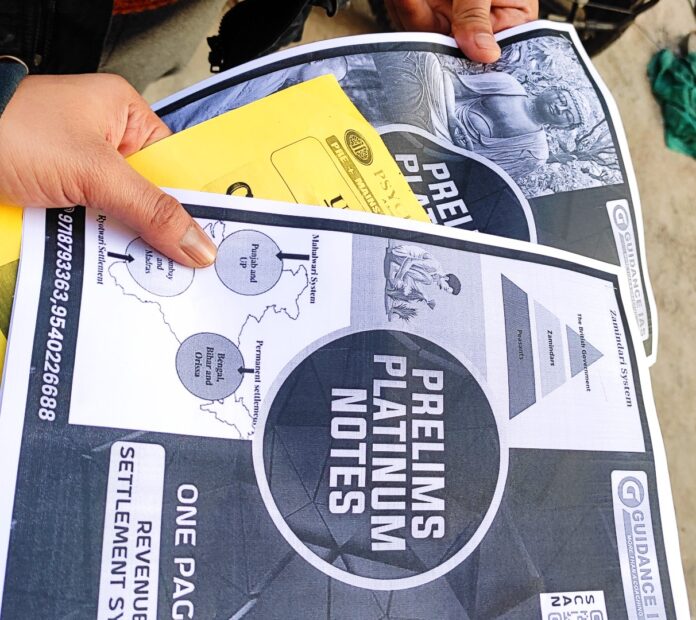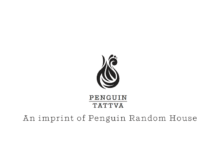
Does print have a future? Is print dying? Is print dead? This raging debate has intensified since the digital surge of the Covid-19 pandemic. Naysayers have predicted print’s doomsday sooner or later. Optimists point to a hybrid existence . . .We would say the game’s not over yet. And here we are talking about not just printed news, but the print segment as a whole.
Sometime ago, I was at a digital news media event, where experts explained with slides and presentations how digital was taking the world by storm, and foresaw the death of print. Ironically, at the same event, delegates were asking for printed copies of the agenda and brochures, which had already been sent to their emails. “It’s convenient to read from a printed copy. Opening the phone repeatedly is a hassle,” I heard someone say. I saw many others taking down – or rather writing – notes with pencil and paper – old style. So, print’s convenience is one lesson.
I have seen similar requests at different events – food shows, exhibitions, car expos, schools, shopping malls – where visitors prefer printed catalogs, handouts, or receipts despite having everything in the mail. Several surveys have pointed to the high value consumers place in the print medium due to better comprehension, trust, learning, convenience, and other reasons.
A recent survey in Europe – the Two Sides Trend Tracker 2025 survey – says the preference for reading in print has recovered since the pandemic and is the preferred format for books, magazines, important documents, product catalogs, essential communications such as medical information, financial statements, printed bills and statements.
The survey also found that 58% believe students learn better using printed materials than digital; 45% understand news better in print than online; 49% are concerned about the loss of printed newspapers. Though this is a European survey, things wouldn’t be much different in India, where print is in a better position compared to the rest of the world.
Schools, banks, hospitals, stores or other organizations send PDFs or digital documents not because they prefer digital over print, but simply because it helps them cut printing and delivery costs. In the end, it is always left to the customers to print the documents they need for reading or safekeeping. Because, who knows when your phone or laptop might conk out?
Coming to printed news media, across the world, and in India, newspapers and magazines may be waning as consumption patterns shift to digital. However, print generally scores over other forms of news media when it comes to trust. And it is this trust factor that still keeps newspapers going despite the downturn and sliding revenues.
In fact, during Operation Sindoor, after the Pahalgam terrorist attack – when most of digital news media and television went overboard with sensationalism and fake news – it was left for legacy print news media to keep some sanity alive in journalism.
Hope and optimism
During our team’s visits to printing hubs in different cities, we see that printers, though down, are not out yet. If one print segment faces a crunch, a new front opens up. And it is this optimism that keeps the print ship sailing. Technology, of course, changes and evolves. From offset printing to digital printing. Maybe something else in the future.
According to most printers we have met or had a conversation with, though traditional printed products such as pamphlets, brochures, photo albums, and visiting cards continue to decline, book printing—particularly in the education sector—shows signs of definite growth. In fact, it is this sector that kept printers afloat during the pandemic – when most forms of print media almost came to naught.
As we have written in our earlier analyses, many book printers we have talked to are expanding production capacities even though some are diversifying to other segments as labels and packaging. Textbook printing, especially, offers a big opportunity given the collapse of the EdTech model and the shift of education specialists and learning centers to the good old brick and mortar model.
As the Two Sides Trend Tracker 2025 says, “Print offers a physical experience that digital simply can’t replicate — no pop-ups, no distractions, just a more immersive and calming way to consume information.” And it’s this experience that keeps readers hooked to printed textbooks rather than reading on the Kindle or a smartphone. Or, for that matter, other forms of printed media.
Indeed, a lot of steam is still left in print. At least as long as someone asks for a hard copy when you send a soft file. Long live print!

















